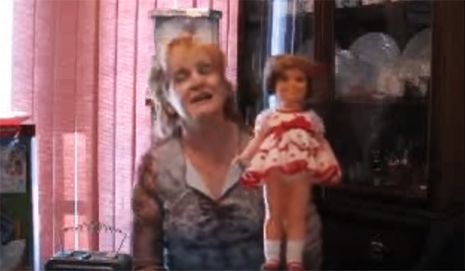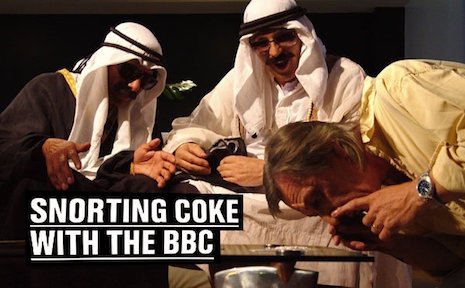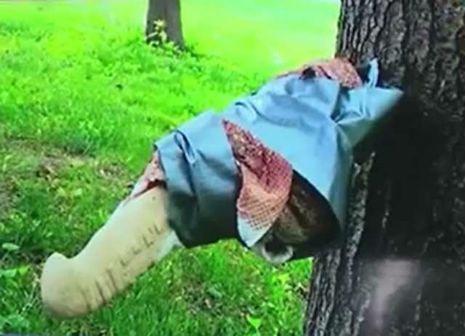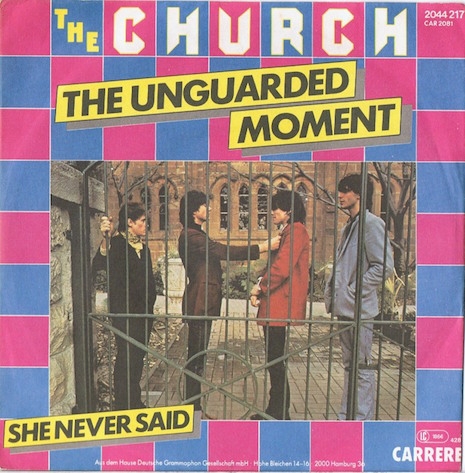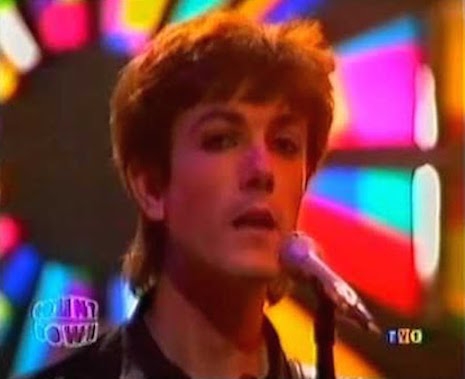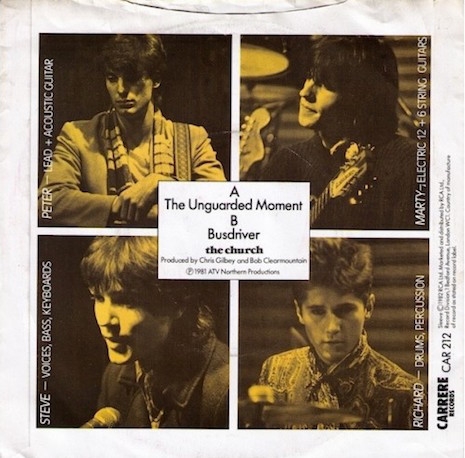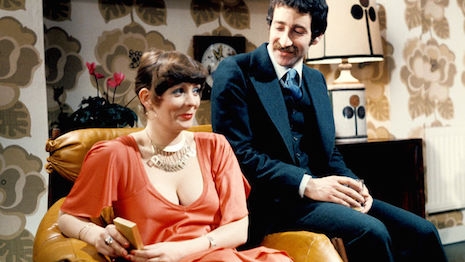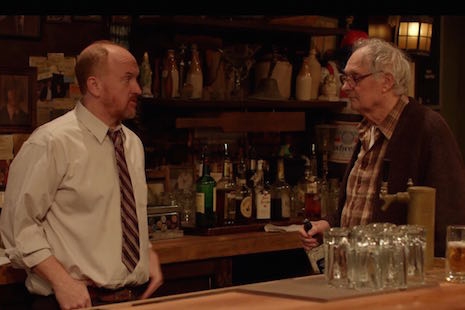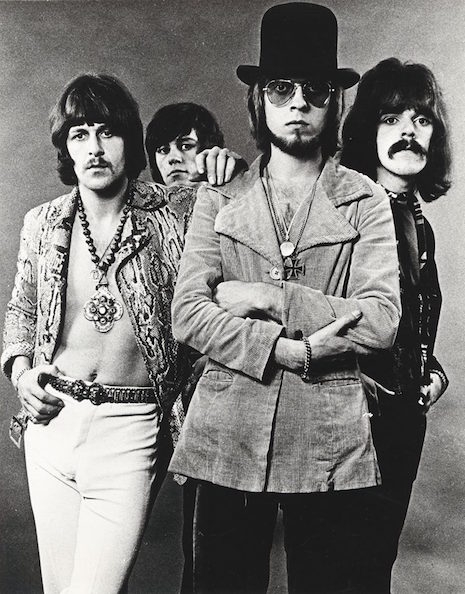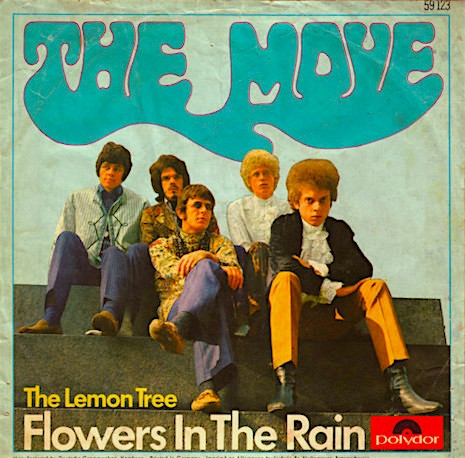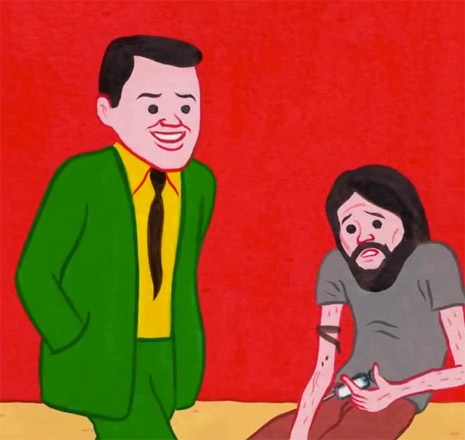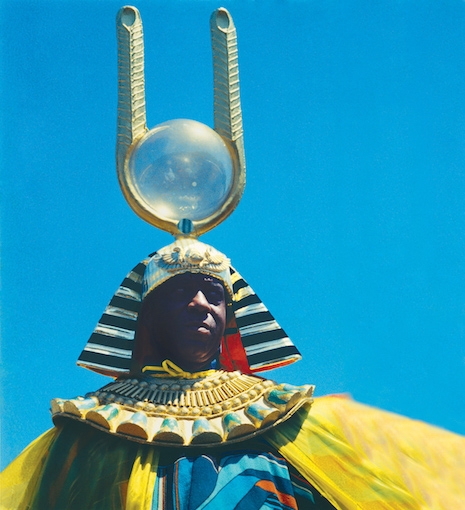
One of my favorite bits of Sun Ra lore is this story from the bandleader’s 1971 trip to Egypt. John F. Szwed’s biography Space Is The Place recounts how customs officials, perplexed by Sun Ra’s passport (“To be named after the sun god twice was really a bit too much”), held most of the Arkestra’s instruments and luggage after letting the band into the country.
But jazz drummer Salah Ragab, “the head of military music in the Egyptian army,” came to the rescue, lending the Arkestra his gear and assisting them at some personal risk. Their shows in Egypt generated material for a trilogy of live albums, since collected on the CD releases Nidhamu + Dark Myth Equation Visitation and Horizon, and a dozen years later, during a subsequent visit, Ra collaborated with Ragab on an album with the truth-in-advertising title The Sun Ra Arkestra Meets Salah Ragab in Egypt.
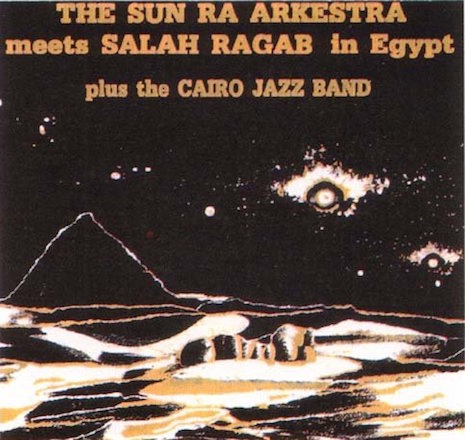
At some indeterminate time, Ra, who could see the pyramids from his hotel outside Cairo, had decided that during the trip he would invoke his divine namesake in one of antiquity’s most sacred places. In an undated interview with Atlanta’s WREK, Ra gives his version of the Egyptian space theurgy:
...while I was there, I went in the [Great] Pyramid, up in the King’s Chamber, and I said, “Now, this pyramid was made for the name Ra. And it hadn’t been said in here in thousands of years, so let’s say it nine times and see what’ll happen.” So we said “Ra” nine times and all the lights went out in the pyramid. So I had a psychic experience there.
Ra says the guide then led the party in darkness along a dangerous path with a twelve-story drop and through the narrow entrance to the Queen’s Chamber, where the lights miraculously came on again.

With the evenhandedness that is one of his biography’s strengths, Szwed at once casts doubt on Ra’s version of events and adds a strange detail that seems to confirm his supernatural powers:
They climbed the staircase, crawled through the low entrances, and slipped through the narrow corridors in order to reach the King’s Chamber, and as they did the lights suddenly went out. Sun Ra later said that he had chanted the name of Ra nine times when it happened, although [eyewitness Hartmut] Geerken remembered only Sun Ra saying, “Why do we need light, Sun Ra, the sun is here.” Whatever, they managed to walk back out through the darkness. (When Sun Ra recounted this story to writer Robert Palmer in 1978 at the Beacon Theater in New York, the lights went out in the theater, leaving a dead spot in the middle of the tape recording as evidence.)
After the jump, candid footage of the Sun Ra and his Arkestra visiting the pyramids…






